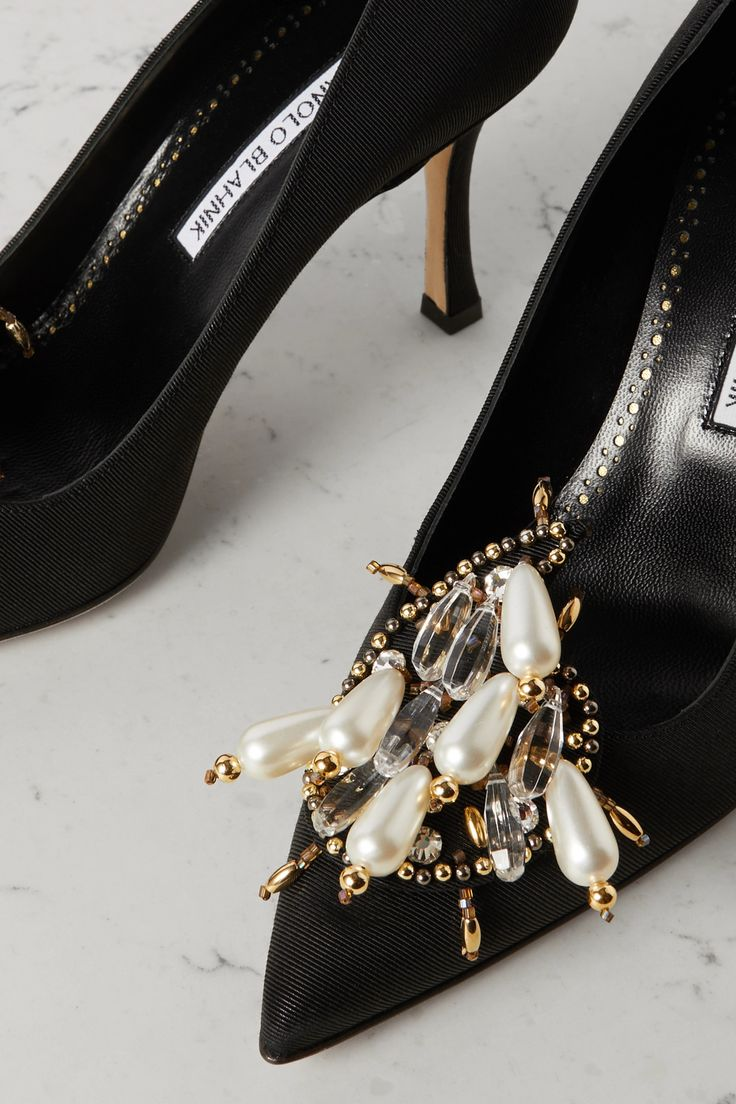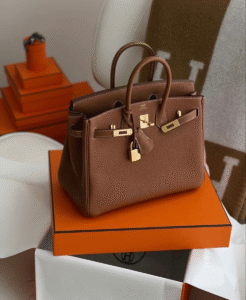Manolo Blahnik: The Y2K Shoe Icon
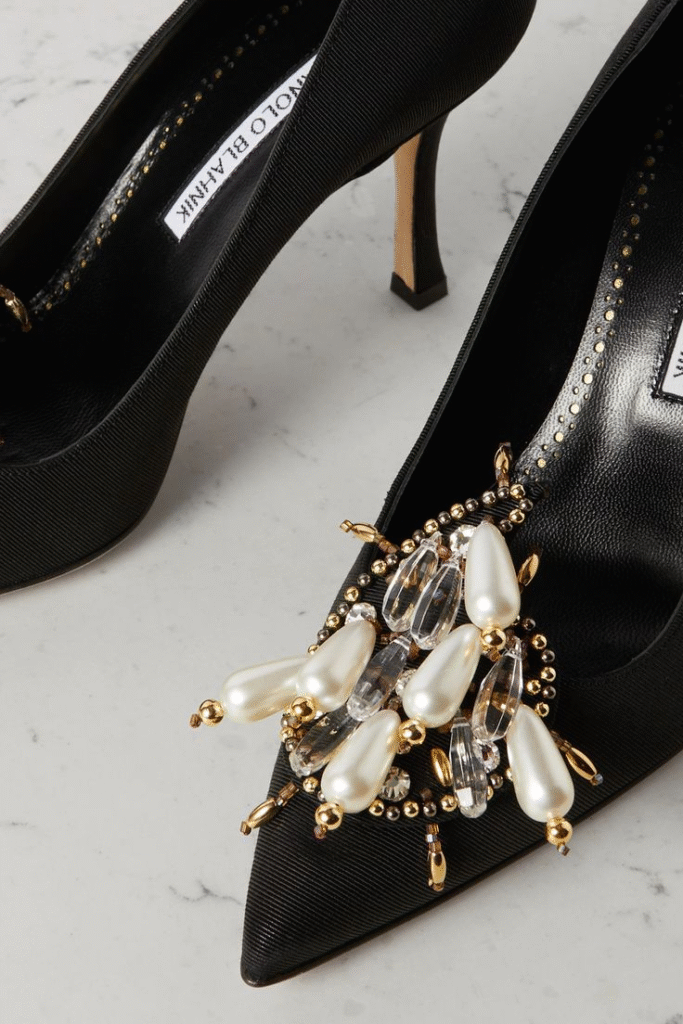
Manolo Blahnik, one of the most iconic and celebrated shoe brands of the Y2K era, known for its association with glamour, luxury, and being a favorite of Carrie Bradshaw, finally opened its first store in Shanghai, China, in November 2024—almost half a century after its establishment.
The eponymous brand of the Spanish Shoe Maker and Designer Manolo Blahnik is known for its original, creative flair as well as timeless classic styles such as the iconic Hamgisi, BB and Chaos. Manolo Blahnik International Limited established in 1970 as a family-run business in Chelsea, London, Manolo Blahnik continues to serve as the brand’s Creative Director and Chairman.
The shoe brand introduces four women’s collections every year, bags, and a men’s collection. Manolo Blahnik himself sketches every shoe and works with his niece to bring the collection to fruition. The shoe brand maintains a close relationship with its artisans in the factories and Manolo Blahnik personally travels to Italy each season to work on the heels, choose appropriate materials and accessories and to oversee the development of each prototype.
“I know how to cut and cut away here (the side of the shoe) and still make it so that it stays on the foot. And the secret of toe cleavage, a very important part of the sexuality of the shoe. You must only show the first two cracks. And the heel. Even if it’s twelve centimeters high it still has to feel secure – and that’s a question of balance. That’s why I carve each heel personally myself — on the machine and then by hand with a chisel and file until it’s exactly right,” says Blahnik.
Despite its global success, Manolo Blahnik- the brand was able to access the Chinese market, known for its love for luxury products only recently. The Chinese footwear market is valued at 5 billion USD and is projected to grow 7.6% a year through 2029, according to research firm Statista. However, it now faces competition from established luxury brands like Jimmy Choo and Christian Louboutin, which have had a decade-long presence in the region.
Why China Took So Long for Manolo Blahnik?
Manolo Blahnik’s entry into China was delayed due to a trademark dispute that began in 1999 when a local businessman registered trademarks related to the “Manolo Blahnik” name. As China follows a “first-to-file ” trademark jurisdiction system, wherein businesses do not need to prove prior use to claim rights over a trademark. In 2022, the Supreme People’s Court of China finally ruled in favour of the Manolo Blahnik allowing the shoe brand to reclaim its name and commercialise its products in the Chinese market.
The Trademark Battle: Manolo Blahnik vs. Fang Yuzhou
In 1999, Chinese businessman and manufacturer Fang Yuzhou (Fang) applied for the registration of the mark “MANOLO & BLAHNIK” for footwear. At the time of filing the application, the Manolo Blahnik had already acquired an international reputation but was yet to commence its business in Mainland China.
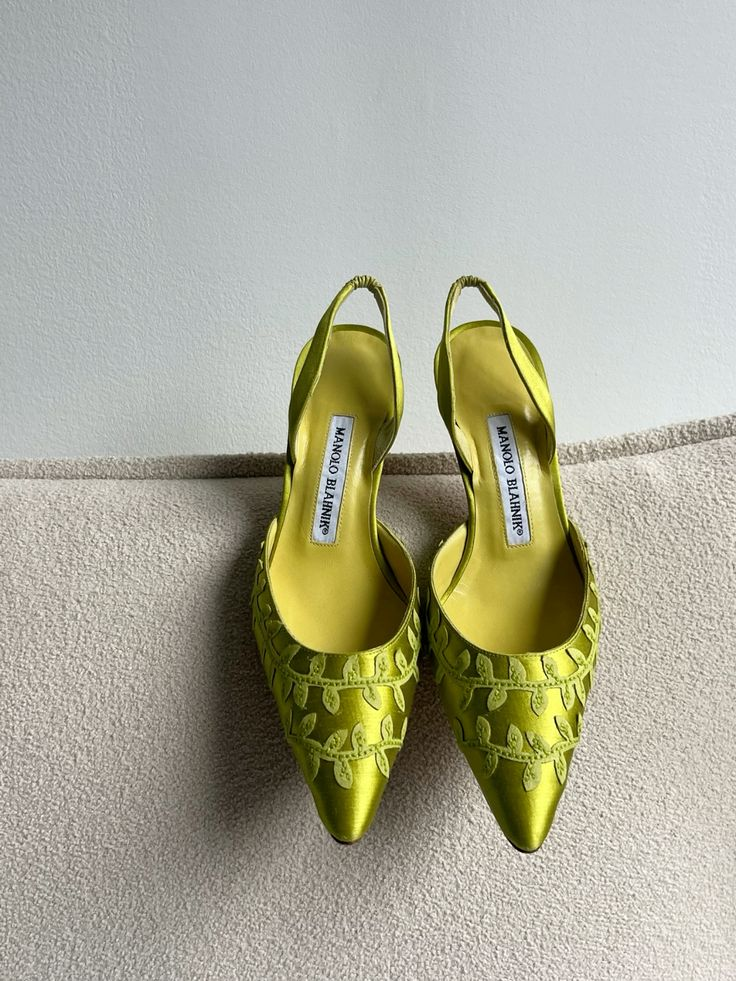
Manolo Blahnik retaliated with opposition against the pirate mark in early 2000 relying on the international reputation of its mark MANOLO BLAHNIK and the prior name rights of the founder/designer, however the brands contentions were dismissed due to lack of evidence in support of its reputation in China prior to the date of filing of the pirate mark. The shoe brand appealed the decision of the CTMO (Chinese Trade Mark Office) with the Trademark Review and Adjudication Board (TRAB) followed by the Beijing First Intermediate People’s Court and eventually the Beijing Higher People’s Court, however the same was dismissed each time and at every level.
In 2009, the Beijing Higher People’s Court dismissed the shoe brand’s appeal and approved the registration of Fang’s pirate mark “MANOLO & BLAHNIK”, marking a significant setback for Manolo Blahnik.
Finally, in 2014 Manolo Blahnik once again brought its case before the Chinese judicial authorities and filed a motion for non-use cancellation and invalidation action against the pirate mark in the TRAB respectively. The invalidation action was based on “MANOLO BLAHNIK” being a “well-known” albeit unregistered mark as well as the personal name rights vested with the founder of the brand in addition to Fang’s application being filed in bad faith.
However, the invalidation action was also dismissed due to lack of evidence which proved Manolo Blahnik’s reputation in China prior to filing of the pirate application, moreover Fang also submitted documents proving the usage of the pirate mark which also led to the dismissal of non-use cancellation claim initiated by counsel of the shoe brand. In its appeal before the Beijing IP Court, Manolo Blahnik supplemented its contentions with additional prior use evidence and Chinese translations of evidence previously submitted in English, however, its claims concerning bad faith on the part of Fang were dismissed once again and its claim over well-known status as well as prior name rights were dismissed under res judicata.
“Res judicata means a matter that has been previously adjudicated upon and thereby cannot be pursued further by the same parties.”
It must be noted that the evidence submitted by Manolo Blahnik did not meet the threshold of satisfaction of the Chinese authorities and thereby every motion was dismissed on the grounds of “lack of evidence”. Since every judicial authority has its own laws with respect to the perusal of documentary evidence, it is not surprising that the evidence submitted by a foreign company might not have the same relevance in another jurisdiction as it did in the home country.
Bad Faith Filings and Trademark Law Amendments in China
Prior to 2019, Chinese trademark law did not consider registrations in bad faith and solely gave priority to “first to file” rule, which meant that since Fang Yuzhou had filed registration for his deceptive mark first, it held power in China and since Manolo Blahnik had been unable to prove that it had business/use of its brand name within the Chinese territory, it could not successfully oppose to the same.
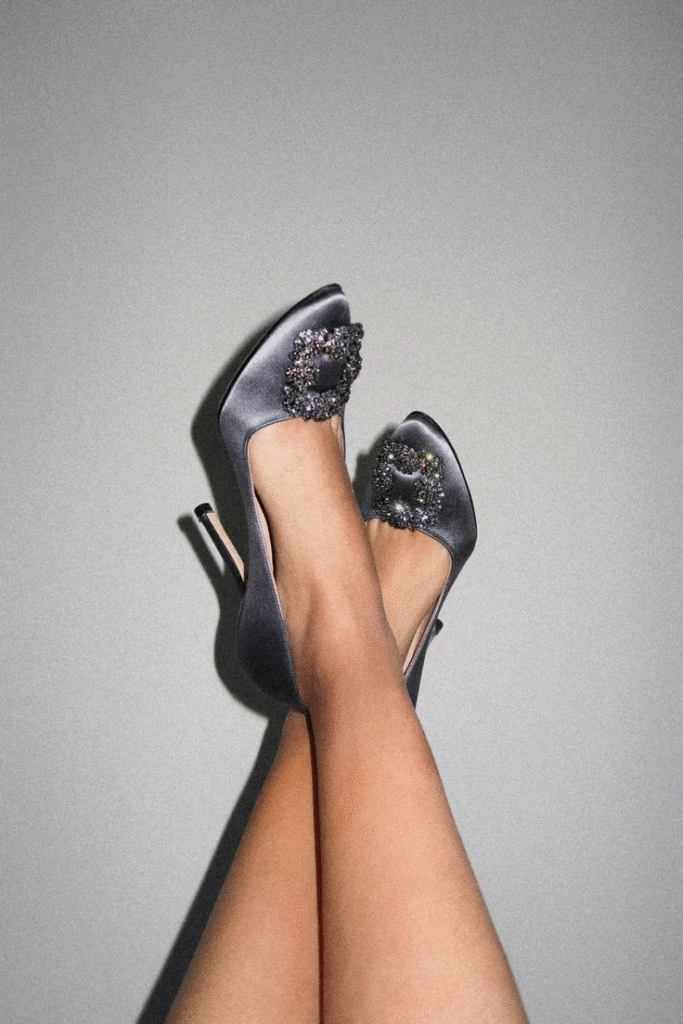
However in April, 2019 the Committee of the National People’s Congress of the People’s Republic of China passed an amendment to the Chinese Trademark Law recognising “bad faith” in trademark filings and hence expanding the scope of protection for brand owners. Article 4 of the Chinese Trademark Law, which had been amended provides a legal basis for rejecting a Trademark application with elements of bad faith. Article 33 and Article 44 support Article 4 by offering avenues for submitting an opposition to interested parties and allowing the cancellation of a registered Mark based on findings related to violation of Article 4.
A critical amendment to Chinese Trademark Law in 2019 introduced “bad faith” as a criterion for rejecting trademark applications. This provided a new legal avenue for brands like Manolo Blahnik to challenge pirate filings.
Supreme Court Victory: Reclaiming the Manolo Blahnik Name
Consequently, Manolo Blahnik in 2021 filed an application for re-trial of the invalidation action in the Supreme Court. The re-trial was based on two arguments, one the name rights in Manolo Blahnik and second the bad faith on Fang’s part.

It must also be noted that a lot of the evidence submitted by Manolo Blahnik with respect to its claims had been exhausted (i.e. it cannot be submitted again because it has already been dismissed or declared unsatisfactory) in prior opposition proceedings and thereby the same were likely to be eliminated under res judicata. Furthermore, under Chinese law the threshold to prove bad faith is considerable high and thereby providing evidence for the same was also a task next to impossible.
Additionally, Manolo Blahnik collected and submitted additional use evidence in the retrial. This time the evidence included national library search reports, media reports and books that showed the involvement of the brand in the footwear industry since the 1970s, the use and promotion of the name MANOLO BLAHNIK as the brand for footwear products, and the numerous awards received by the designer for his footwear designs. The counsel for the shoe brand also submitted photos of Manolo Blahnik stores in Hong Kong and elsewhere that had been opened before 1999, as well as witness statements issued by well-known fashion journalists and important figures in the fashion industry around the world regarding Manolo Blahnik’s high reputation as a footwear designer for many decades.
In relation to the bad faith claim, Manolo Blahnik referenced a Supreme Court precedent that recognised a trademark pirate’s bad faith behavior after filing the pirate mark. The counsel for the shoe brand arranged a notarised trap purchase of counterfeit Lacoste and Gucci products from the shoe store operated by Fang and his wife in 2020 and brought the evidence to the Supreme Court right before the preliminary hearing to show that Fang had a track record of copying third party brands.
Manolo Blahnik further emphasised that Fang was using the pirate mark in the same stylisation as Manolo Blahnik’s mark from the 1970s, and he had demanded an extremely high price to sell the pirate mark to Manolo Blahnik.
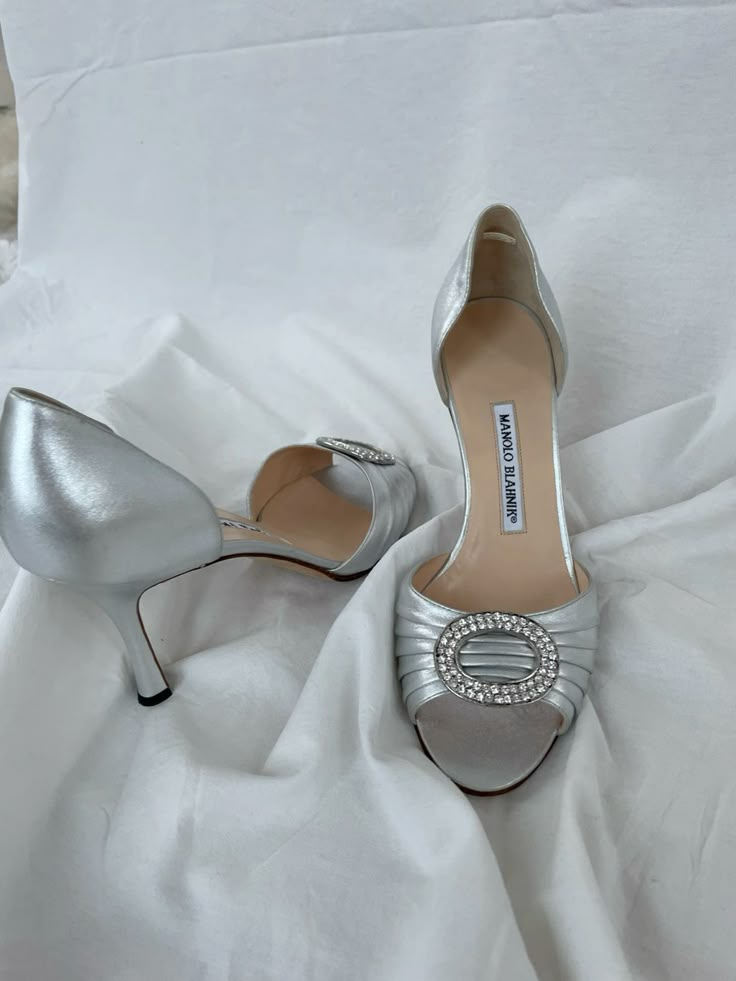
While the 500 pages of evidence submitted by Manolo Blahnik was ultimately rejected, the Supreme Court did not dismiss the claim of Manolo Blahnik’s “name rights” since the shoe brand had been able to submit additional “fresh” evidence which was capable of forming new facts and findings. The court satisfied itself that the brand and the designer had been able to build a reputation for itself in Mainland China prior to the pirate filing by Fang and that its reputation in Hong Kong and foreign countries had an extension in China. The Supreme Court reasoned that a mark should be considered as infringing upon a person’s prior name rights if the relevant public would consider the mark as referring to that person, or would easily believe that the products bearing the mark are licensed by or have a certain connection with that person. The Supreme Court recognised that MANOLO BLAHNIK, being a Spanish name rather than an existing term, refers to the world-renowned footwear designer. Considering this and the reputation of Manolo Blahnik proven by the new evidence, it concluded that the public would associate the mark in dispute with Manolo Blahnik and his brand and therefore it had infringed upon Manolo Blahnik’s prior name rights.
While the Supreme Court did not directly comment on the bad faith on the part of Fang in its final judgement it did comment that fang had been unable to provide proper reasoning for the adoption of the pirate mark, provided that he had been involved in the footwear industry for a considerable period of time and should have been aware of the existence of the brand Manolo Blahnik.
The Supreme Court’s judgement marked the end of Blahnik’s 22 year battle to reclaim its rights over its brand name in China.
Lessons for Global Brands from Manolo Blahnik’s Case

It must be noted that while in many countries trade mark law gives prevalence to the principle of territoriality (which means if the mark had any usage or reputation within the territory/boundaries of the country in order for it to claim recognition/goodwill or reputation) with the increasing usage of digital technology and online advertising, international reputation or cross-border reputation of brands cannot be ignored entirely and can play a very important role for a brand trying to secure registration in a new country as it did for Manolo Blahnik.
Manolo Blahnik was not the only brand to benefit from the amendment in Chinese law, since other high profile brands also evoked successful actions against bad faith applications which includes Michael Jordan for his rights in the mark “JORDAN” against the mark QIAODAN (in Chinese), as the word QIAODAN is a Mandarin transliteration of “JORDAN”. The battle which had been going on for 9 years finally ended with the Court declaring that Qiaodan Sports would no longer be able to use the Chinese characters of QIAODAN (in Chinese) as its business name or use any recently registered QIAODAN (in Chinese) trade marks on its product, as well as ordering a settlement payment to be made to Michael Jordan.
The British fashion brand Burberry was also able to secure a preliminary injunction against “Banberry” for trade mark infringement, arguing that Banberry was “highly suspected of copying and imitating” the former brand’s well known trademarks.

A key takeaway for brand owners in this case is to secure the registration of their brands as early as possible, not only in the home country but also all possible markets that you might be planning to trade in eventually. While it may not be economical to register your marks in all jurisdictions all at once, one can gradually start with those countries which hold considerable potential market share for your business. This can save the brands a lot of time and resources that it would have to exhaust otherwise in litigating against pirate brands and retailers as it did in the case of Michael Jordan, Burberry and Manolo Blahnik.
Furthermore, as important as it is to register your marks, it is equally important to monitor pirate filings and timely redressal of the same through appropriate actions or you could end up with multiple similar sounding versions of your brand, not only harming the brand reputation but also diluting the uniqueness of your trademark and your brand.
While the territoriality principle governs most trademark laws, the growing influence of digital technology and cross-border reputation offers brands new opportunities to establish rights in foreign jurisdictions, as evidenced in Manolo Blahnik’s landmark victory.

